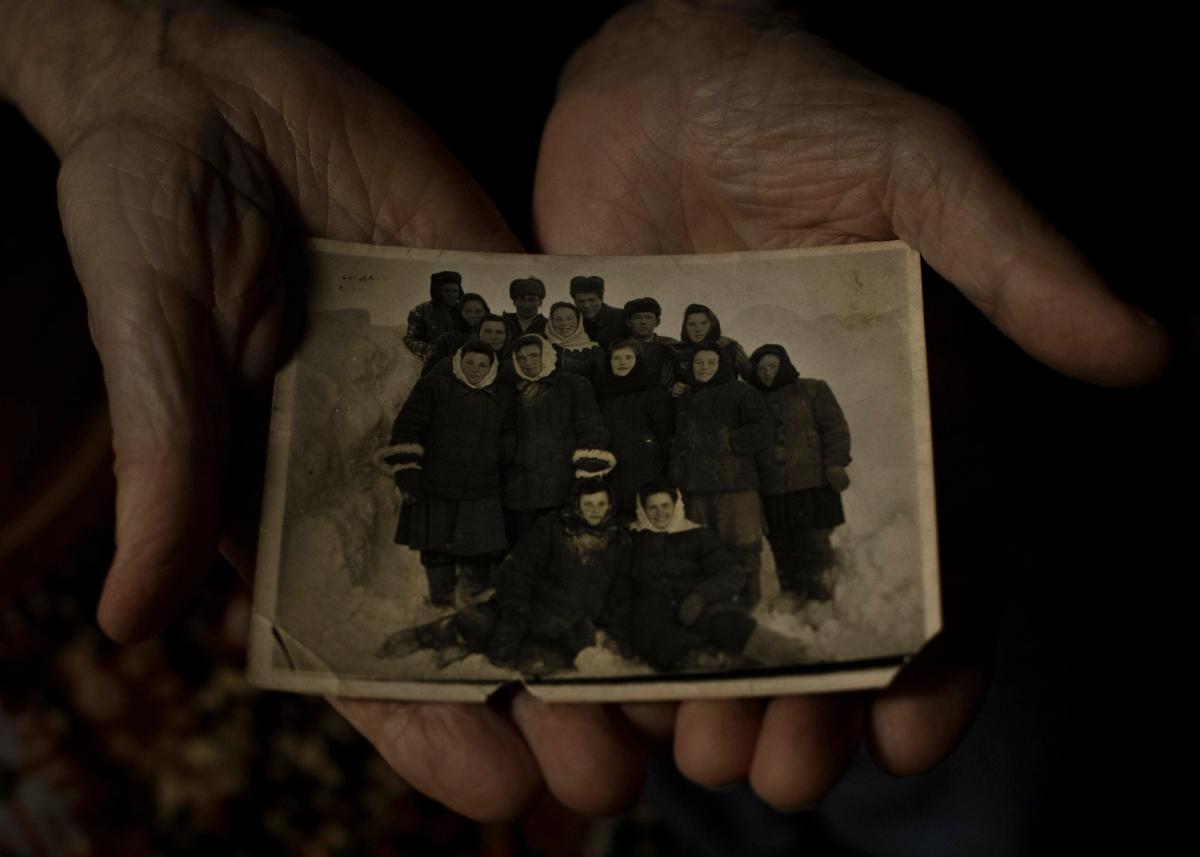Kolyma
HomeThe prisoners brought the road, and then the road brought more prisoners. Thousands of inmates of Stalin’s gulag labour camps died building a road across the far-flung Russian region of Kolyma, where winter temperatures, on average, hold at –38° Celsius. The route became known as the 'Road of Bones'. It was built to connect an archipelago of forced labour camps to the port of Magadan, the remote region’s main link to the rest of the country, to which prisoners were brought by boat. The road would bring over a million prisoners to work in the area’s gold, tin and uranium mines, and for many the journey across Kolyma’s vast landscape of harsh beauty would be their last.
Today, an updated version of the route, the R504 Kolyma Highway, stretches from Yakutsk, the capital of the far eastern Yakutia region, heading 2000 kilometers east to the Magadan port. After Stalin’s death in 1953, the camps were closed. But workers, drawn by the promise of high wages, came to the desolate region, founding settlements in the area. The region is so remote that its new residents referred to the rest of Russia as ‘the mainland‘. Now, they are increasingly leaving the area, no longer wishing to live in one of the most inhospitable environments known to mankind. Their settlements, scattered along the length of the 'Road of Bones', are fading. Along with them fades the memory of the prisoners of the past. The scale and severity of the suffering of the camps becomes increasingly hard to fathom. In Putin’s Russia, a handful of people work to preserve that memory. But for many, it is overshadowed by a government-led campaign hailing Stalin’s victories in the Second World War. Meanwhile the remnants of the prison camps, the walls and beams and barbed wire, sink further and further into the snow.
